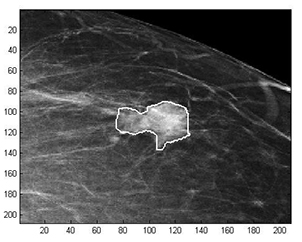Latest News Archive
Please select Category, Year, and then Month to display items
18 August 2021
|
Story Division of Student Affairs
![]()
The SRC Elections for the elective portfolios will be held from 12 to 15 October 2021 for the Bloemfontein, Qwaqwa and South Campuses.
Following the official announcement of the election schedule on 16 August 2021, the processes below are to unfold:
a. Candidate nominations for CSRC elective portfolios will open on 23 August, until 10 September 2021;
b. Ex-officio portfolio elections will take place on 11 October 2021;
c. Manifesto launches will take place via webinars from 15 September to 11 October 2021;
d. Declaration of final election results will be on 18 October 2021.
KDBS Consulting (Pty) Ltd has been appointed as the independent Chief Elections Administrator that is to oversee and manage the 2021 online SRC elections.
A website will be launched to provide updated information regarding all processes that are to unfold. A detailed schedule will also be made available via the official elections website that will be hosted by the service provider.
For any queries related to the elections, communication is to be sent via email to the Chief Election Administrator at
ufssrcelections@kdbs.co.za Communication to the election helpdesk may also be sent via direct call or on WhatsApp at
+27 0 61 452 4499.
Election specific notifications will be communicated via email and SMS.
Official elections will take place from 12-15 October 2021.

Mathematical methods used to detect and classify breast cancer masses
2016-08-10
 Examples of Acho’s breast mass
Examples of Acho’s breast mass
segmentation identification
Breast cancer is the leading cause of female mortality in developing countries. According to the World Health Organization (WHO), the low survival rates in developing countries are mainly due to the lack of early detection and adequate diagnosis programs.
Seeing the picture more clearly
Susan Acho from the University of the Free State’s Department of Medical Physics, breast cancer research focuses on using mathematical methods to delineate and classify breast masses. Advancements in medical research have led to remarkable progress in breast cancer detection, however, according to Acho, the methods of diagnosis currently available commercially, lack a detailed finesse in accurately identifying the boundaries of breast mass lesions.
Inspiration drawn from pioneer
Drawing inspiration from the Mammography Computer Aided Diagnosis Development and Implementation (CAADI) project, which was the brainchild Prof William Rae, Head of the department of Medical Physics, Acho’s MMedSc thesis titled ‘Segmentation and Quantitative Characterisation of Breast Masses Imaged using Digital Mammography’ investigates classical segmentation algorithms, texture features and classification of breast masses in mammography. It is a rare research topic in South Africa.
Characterisation of breast masses, involves delineating and analysing the breast mass region on a mammogram in order to determine its shape, margin and texture composition. Computer-aided diagnosis (CAD) program detects the outline of the mass lesion, and uses this information together with its texture features to determine the clinical traits of the mass. CAD programs mark suspicious areas for second look or areas on a mammogram that the radiologist might have overlooked. It can act as an independent double reader of a mammogram in institutions where there is a shortage of trained mammogram readers.
Light at the end of the tunnel
Breast cancer is one of the most common malignancies among females in South Africa. “The challenge is being able to apply these mathematical methods in the medical field to help find solutions to specific medical problems, and that’s what I hope my research will do,” she says.
By using mathematics, physics and digital imaging to understand breast masses on mammograms, her research bridges the gap between these fields to provide algorithms which are applicable in medical image interpretation.